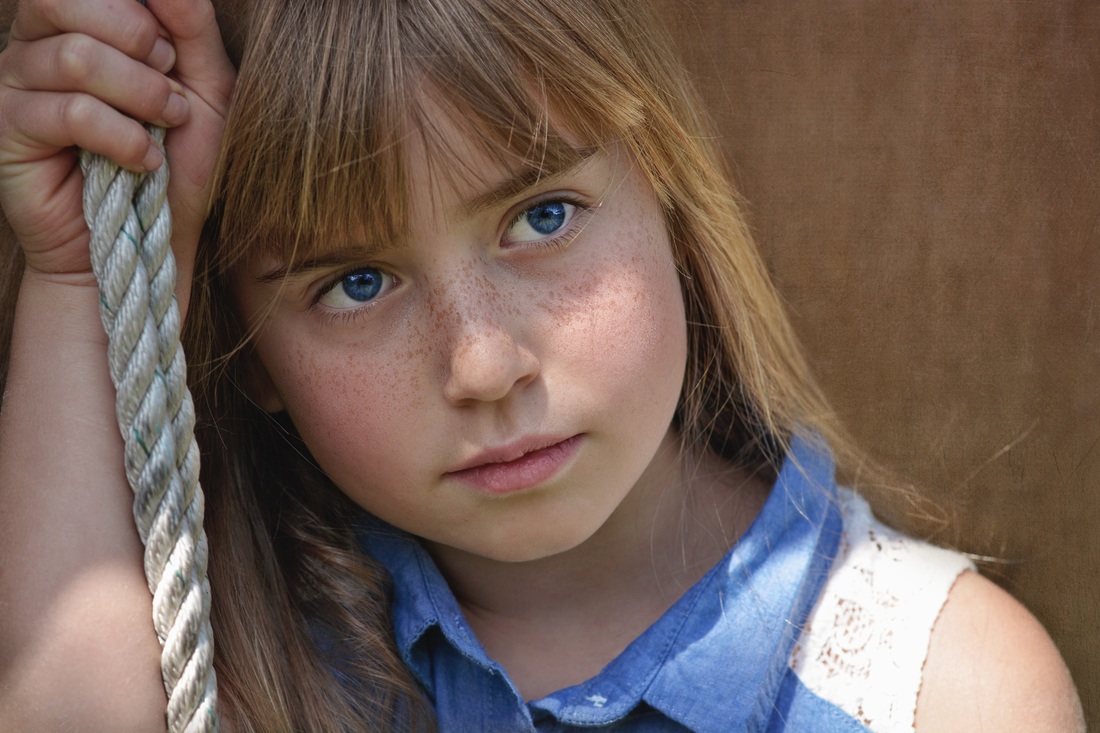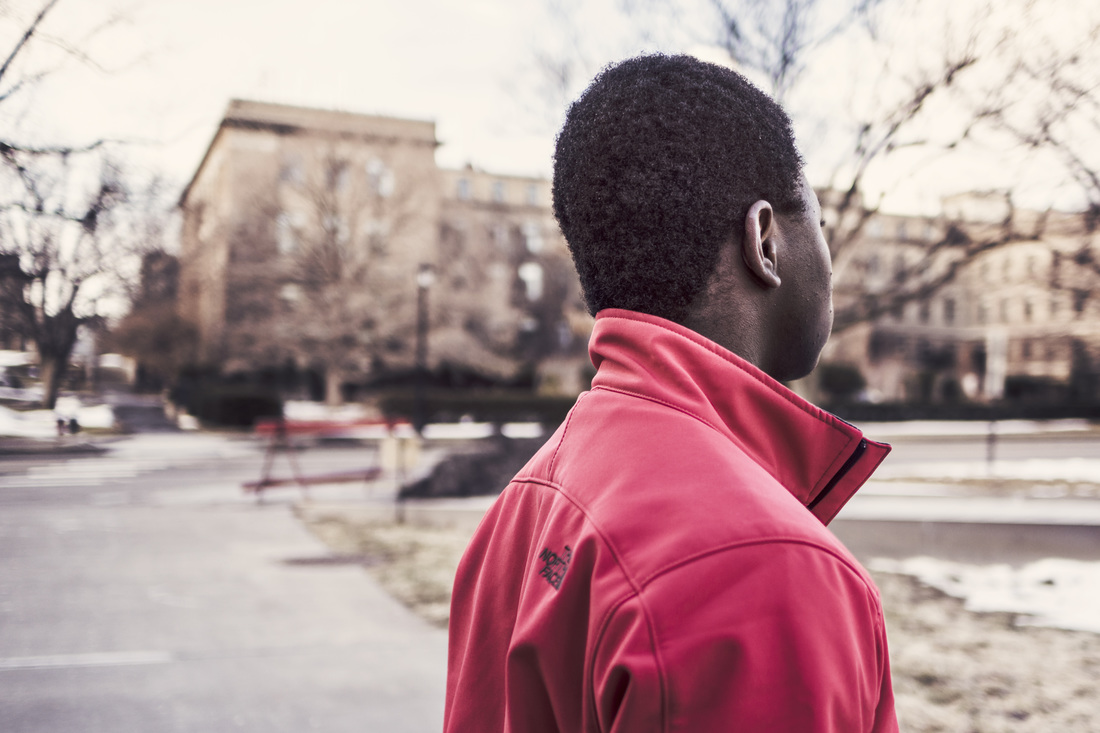|
Picture this. Its 10:00 am and you have had to evacuate students from your class. There are posters on the floor, several of them ripped up. Pens and markers thrown across the room. You have one student, Carly, standing in front of you, with a chair raised over her head, threatening to throw it at you. Carly’s eyes are glazed over, she keeps calling you “mum” and you’re worried she is going to step onto a shard of your favourite coffee mug she broke a few minutes back. What are you going to do? Although this incident might seem extreme to some, there are teachers and schools who encounter situations like this on a regular basis. Educators are often in a difficult bind in managing such situations. These behaviours are clearly unsafe, dangerous and unacceptable in a school environment. Detentions and expulsions seem like the only option to ensure the safety of the school community. On the other hand, educators who are attentive to clues within the incident about reasons for such behaviours, see the need for a different response. Carly’s eye’s glazing over and her calling the teacher “mum”, all point to her re-experiencing a frightening and traumatic incident from her past. School is often the only safe haven for such children, and expulsion perpetuates the cycle of rejection and abandonment.Having been a behaviour support teacher, a deputy principal, as well as a classroom teacher, I see all sides of this argument - for and against suspensions and exclusions. Several Australian studies have shown that a student suspended from school is 50 per cent more likely to engage in antisocial behaviour and 70 per cent more likely to engage in violent behaviour in the next 12 months. According to an American Psychological Association Task Force on Zero Tolerance report (2008), there is no evidence that suspensions increase discipline. Rather, suspensions have been related to a number of negative consequences, such as intensifying academic difficulties and school drop-out, disengagement from school, criminal activity, and alcohol and drug use. At a practical, coal-face level, however, such findings still leave teachers and school administrators with a dilemma: How can we keep everyone safe, while maintain an inclusive school environment? It’s not uncommon for me to hear teachers say, “I know she is traumatised, but how am I supposed to manage such behaviour?” or “How is this fair for the other students?” or even “The parents of the other children have put in complaints. What do you suggest we do?” Such questions lie at the heart of the challenge of inclusion in education. There are no easy answers here.Behaviour support specialist and external consultants may provide school staff advice without the time to gain a sufficient understanding of the school context, the competing demands in classrooms and the role and expectations of teachers. Often, advice and strategies are focused on prevention - things that teachers should do to prevent such incidences from occurring. Although such advice is often sound (albeit unrealistic at times for the exhausted teacher), it offers nothing in regards to how to react and respond to children once the misbehaviour has occurred. Even if the teacher was to put in place every prevention strategy under the sun, it is often inevitable that students will display problem behaviours. Without a framework of reactive strategies, teachers are often left feeling helpless and blamed. Teachers are an easy target for criticism and condemnation. The truth is, teachers who work at school with such high needs kids, are valiant. As Rita Pierson, the famous American educator says in her TED talk, these teachers “become great actors and great actresses”. They come to work when they don't feel like it, and listen to policy that doesn't make sense — and they teach anyway. Inclusive education is as much about our understanding of children and their needs, as it is about supporting their teachers. Just as it is counter-productive to solely label a traumatised child as ‘bad’ or ‘defiant’, it is equally damaging to make teachers feel inadequate and helpless in dealing with such behaviour. Having a framework for reactive responses and a ‘crisis management plan’ for such risky situations gives teachers the tools and support to respond calmly and thoughtfully in such situations. Crisis management plans are designed to answer some key questions:
Just like a fire drill, such plans need to be reviewed, practised and enacted in coordination with other staff across the school. Managing such incidences is messy and anxiety provoking. Like any other classroom management skill, de-escalating students like Carly takes practice. It cannot be done in isolation and requires a team approach within schools. I have seen experienced and seasoned teachers become flustered and panicked in these circumstances. A thoughtful and well implemented crisis management plan is a powerful tool in not only minimising risk, but also building engagement and trust with students. Time and time again, I have witnessed the impact of such incidences being managed well. These so-called ‘critical incidences’ become moments of breakthrough - following the incidents, students begin to feel more connected with their teachers and become more engaged with school. Why? Like checking the harnesses on a rollercoaster ride, these crisis incidences seem to represent attempts by the traumatised students to check the trust and courage of the adults around them. To see if their teachers can be calm and brave to withstand the chaos and destruction, while still maintaining their capacity to be thoughtful and compassionate. Exposed to abuse and neglect, traumatised children have great difficulty feeling safe with grown-ups. It is as if they are checking, ‘Can you keep me safe?’ Children like Carly have frustrated me as a teacher. They have made me feel helpless and, yes, they have even frightened me. As a behaviour support teacher, I have heard the gory details of their traumatic histories, and stories from their teachers who were ready to give up. These experiences have taught me this: what children cannot communicate in words, they make us feel. Violence leads to fear. Fear and trauma leads to more violence. When it comes to breaking this cycle, no amount of funding or fancy policy can compare to teachers doing their jobs well. Inclusive education starts with the belief that every child deserves to be safe, and every child deserves an education. We can achieve this by making sure our teachers feel safe and supported as well.
To learn about the Trauma Informed Positive Behaviour Support (TIPBS), visit www.tipbs.com and register your interest in our online course. The first 100 sign-ups can do the course for free. Click here to register your details.
3 Comments
Kimberly LeBlanc
6/30/2018 07:42:47 am
I like how this pinpointed exactly what happened in my room this year. I also liked how it explained next steps.
Reply
Julie Lynch
10/18/2023 10:52:57 am
This is exactly what is occurring in schools. Classroom teachers are "valiant". It is not a profession for the faint-hearted. What to do in such situations as the scenario described is addressed practically and reasonably.
Reply
Leave a Reply. |
Archives
February 2019
|



 RSS Feed
RSS Feed